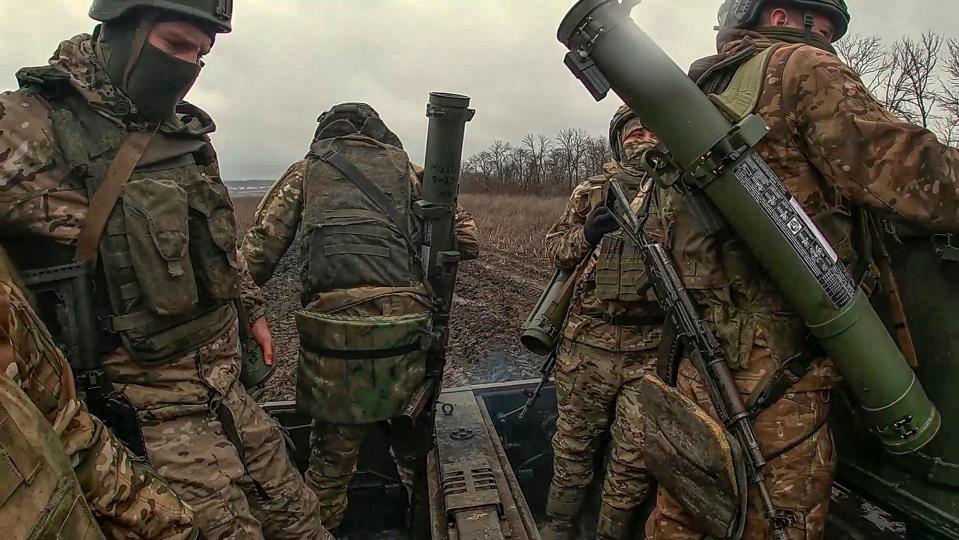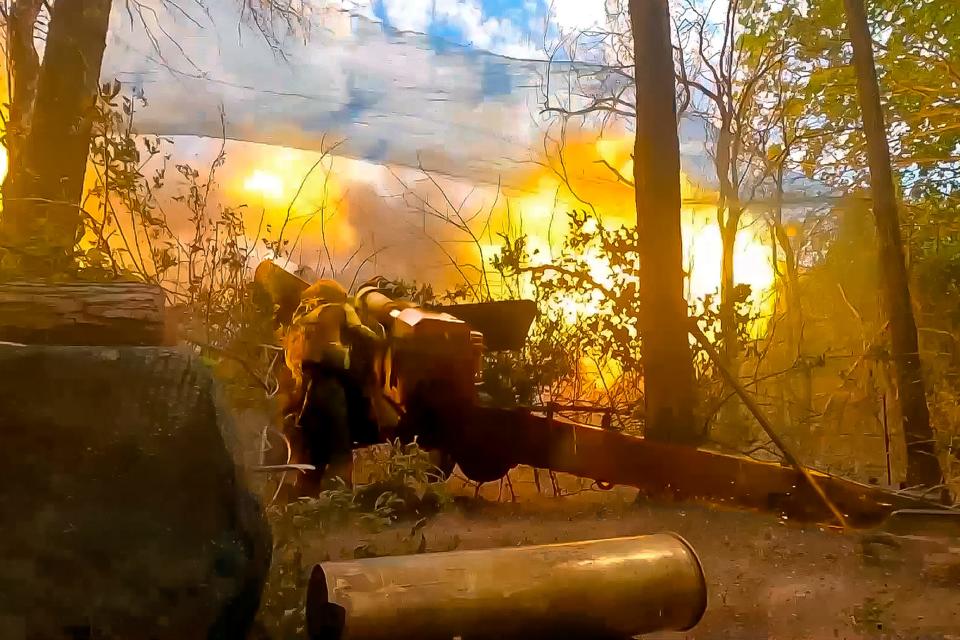-
The level of training for Russian forces has gotten progressively lower throughout the Ukraine war.
-
A war expert said he is repeatedly surprised by “the new depths of how poor the Russian individual soldier quality is.”
-
“The bar is very, very low at this point,” he said.
A Ukraine war analyst told Business Insider that while watching this conflict, Russia has continually surprised him with how poorly trained its soldiers are. Even when he thinks they can’t get any worse, they somehow find a way.
“I find myself being surprised with the new depths of how poor the Russian individual soldier quality is,” George Barros, a Russia analyst at the Insitute for the Study of War, a US think tank, said.
Each batch of new recruits gets progressively worse as Russia rushes them off to battle. He said that when it comes to Russian soldier quality, “it’s becoming really difficult for me to see what other additional shortcuts they could take other than maybe deploying just people unfit for service,” such as people with disabilities or who are too old.
“But the bar is very, very low at this point,” he said.
Captured Russian soldiers, war experts, Ukrainian troops, and Western intelligence have all pointed to Russian troops being poorly trained and treated as disposable throughout the war.
The poor training, coupled with the intensity of the war, has resulted in quick deaths: In October 2022, only one month after Russia announced a mobilization of 300,000 Russian citizens, some of those new soldiers were already dead, having only received days of training before being sent to Ukraine.
Russia’s losses have risen recently as Russian troops continue to suffer from deficiencies in training.


US intelligence estimated in December that Russia had lost 87% of the troops it had before the start of its full-scale invasion, meaning it started the new year without the vast majority of its professional army, which had its own problems. It is now largely fighting with a replacement force that it hastily threw together.
Russia’s losses, while they have been high since the start of its invasion of Ukraine in February 2022, appear to have soared in recent months.
The UK Ministry of Defence said in July that more than 70,000 Russian troops were likely killed or wounded between May and June. It blamed “an effective Ukrainian defense and a lack of Russian training” as Russia fought in multiple sectors.
That rate — more than 1,100 casualties a day — appears to have continued, with Ukraine regularly reporting similar Russian losses every day, including reporting 1,140 casualties in 24 hours last Wednesday. Business Insider could not independently verify the reported Ukrainian figures.
In addition to the poor training Russian troops receive, Barros also said the higher Russian death toll was due to Russia running operations at a high tempo across multiple sectors of the front for almost a year now. Russia “has been just sort of sprinting for a very long time,” he said.
Quantity, not quality
In some ways, Russia’s high losses have been part of its strategy: Russia has a much larger population and military than Ukraine, and it can use those soldiers to try and overwhelm Ukraine’s forces.
Barros said that Russia’s “whole theory of victory is based on mass, not individual excellence.”
He said Russia was inspired by the Soviet army victories in World War II: “They won their wars not because of the individual excellence of soldiers or units. It’s because the Soviet Union found a way to be able to wage effective operational war with large masses of essentially uneducated, individually ineffective soldiers, but together with mass, were able to achieve what they needed.”


In its invasion of Ukraine, Russia has repeatedly used “meat wave” tactics rooted, in some ways, in the Soviet “Not a step back!” doctrine. These brutal Russian tactics have involved sending waves of untrained, poorly equipped soldiers forward to overwhelm Ukrainian positions before sending more skilled soldiers forward.
Russia has been able to reconstitute and sustain losses, replacing killed or wounded with new recruits, but there are challenges. Russia can’t take severe losses indefinitely.
Russian President Vladimir Putin has not made any attempt to launch a mass mobilization since 2022. Russia experts and Western intelligence have said the move is a politically risky one that he appears unwilling to take.
That limits its pool of new soldiers. Instead, Russia has recruited prisoners, used citizens of allies and partner countries like Cuba, and used men already in military service in a reserve capacity.
Matthew Savill, a military strategy expert at the Royal United Services Institute think tank and a former intelligence analyst at the UK Ministry of Defence, told BI that Russia’s weak response to Ukraine’s attack on its Kursk region, which started last month, may at least partly be because “Russian reserves aren’t as extensive as we think they are.”
Read the original article on Business Insider







